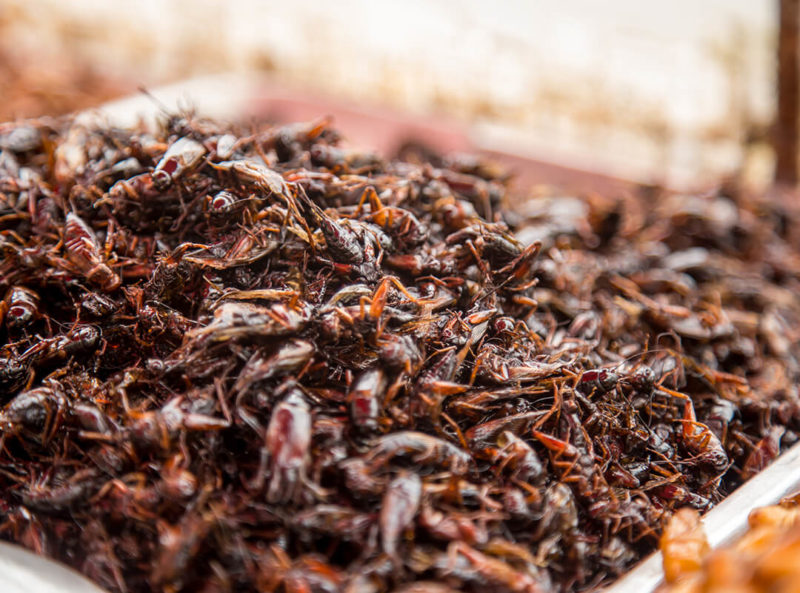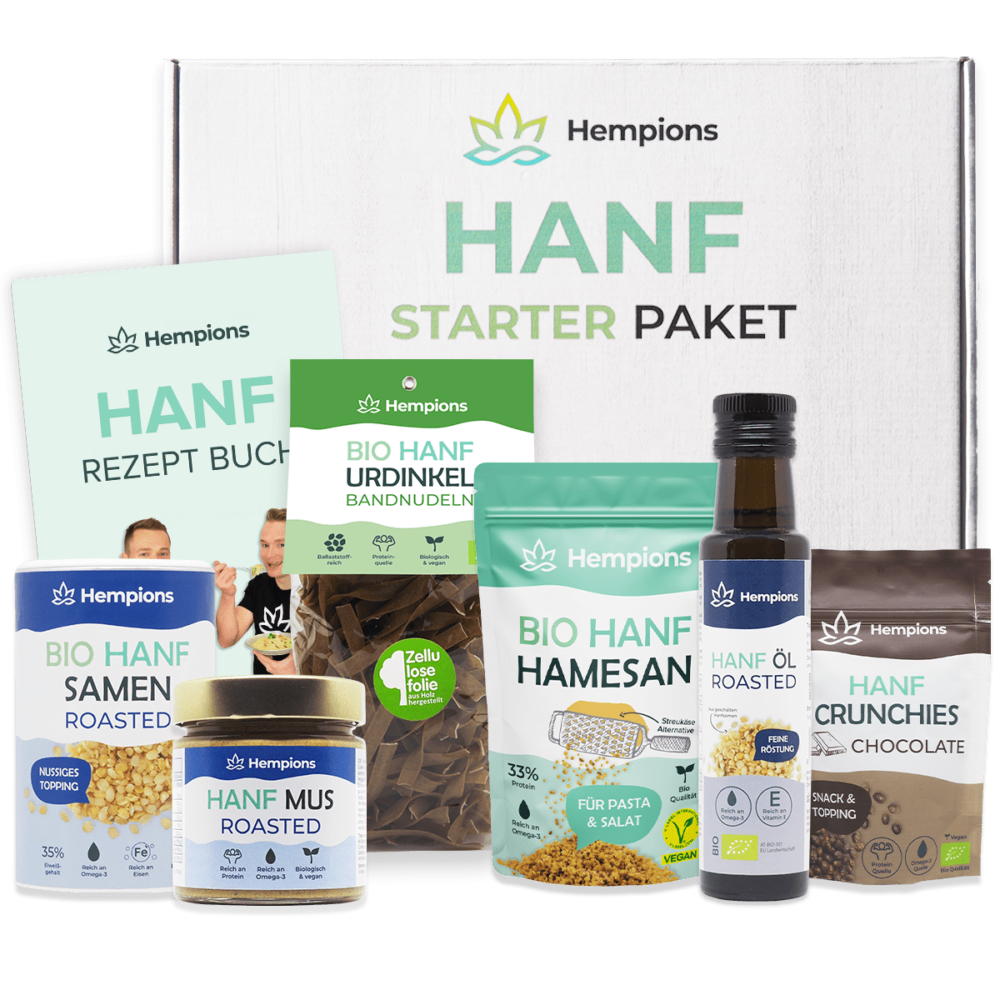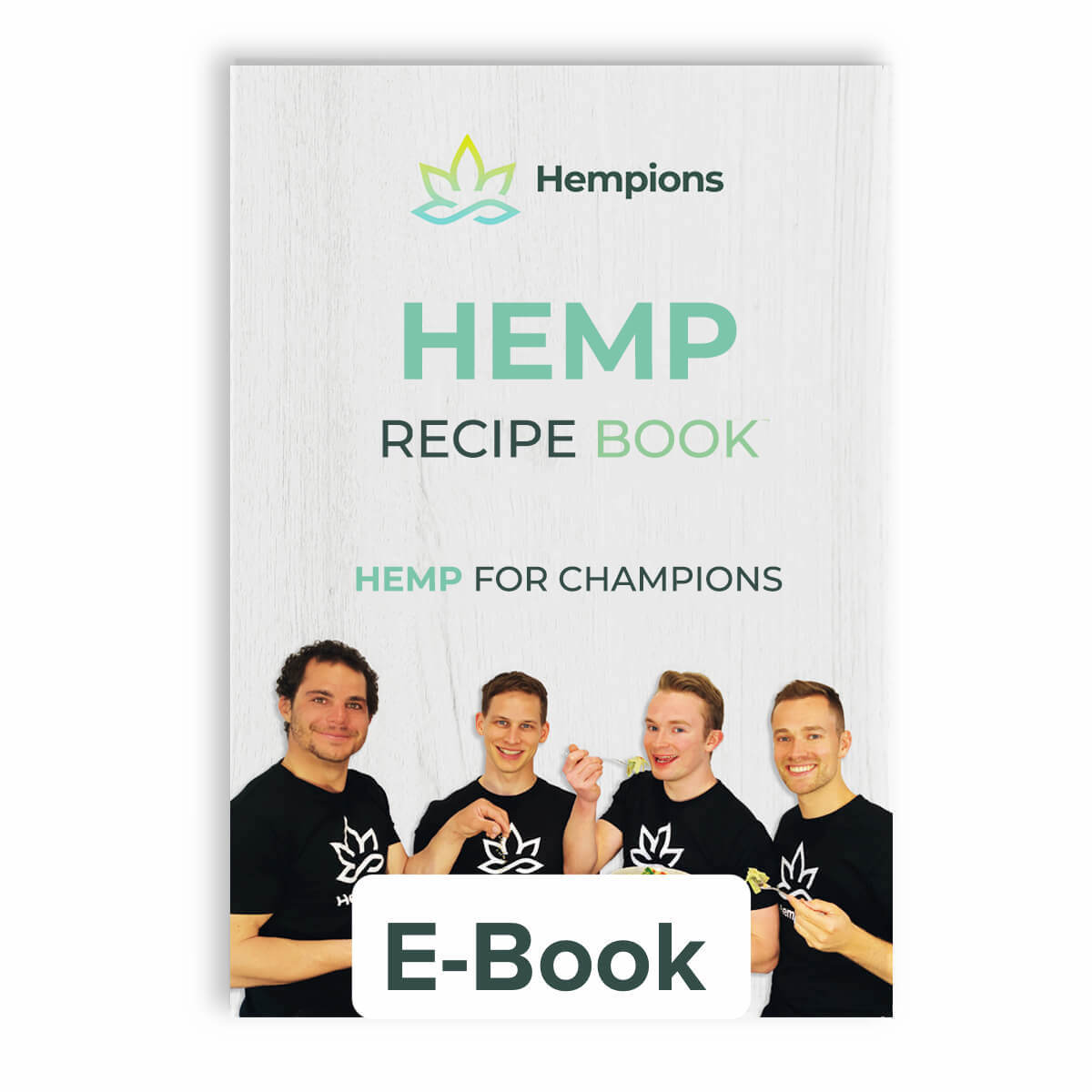The big question of what we will eat in the future has been on our minds for some time. The food of the future must satisfy 10 billion people worldwide without harming the environment. Especially industries like the meat industry are predicted to undergo major changes. But the way we grow food in the future could also change drastically. Urban agriculture, insects, lab meat and hemp. We have summarised the biggest food trends of the coming decades for you.
Why will our food change in the future?
With increasing challenges in agriculture, triggered by climate change, ongoing crises such as the Ukraine war and the constant growth of the world population, innovative solutions and alternatives must be sought. Through constant education and higher life expectancy, people's need for information is also increasing. They want to know where their food comes from, what is in it and how it affects their health.
What food will we eat in the future?
The food of the future must meet a number of criteria. In view of climate change, they must be grown in a resource-conserving way and be as robust as possible to withstand more extreme weather conditions. They must have a high energy and nutrient density to feed 10 billion people. In addition, food should be healthy to prevent common diseases such as diabetes, cardiovascular diseases and cancer.
Here we have summarised for you the 5 biggest trends that could feed us in the future:

1. insects as an animal protein substitute
Insects are considered the megatrend in the future of the food industry. Known in the western world as the stuff of nightmares, they are a natural source of protein, especially in Asia and Africa. But even today you can find chocolate bars with locust flour, whole mealworms with barbecue spices and muesli bars with crickets even in supermarkets. Insects could also meet our protein needs in the future, as they require fewer resources and space than other animal sources. However, how far the trend will be accepted by society remains to be seen.

2. algae & jellyfish
Another, so far largely overlooked, source of nutrients comes from the sea. With over 100,000 species, algae are enormously diverse and rich in protein, iron and antioxidants. They are also quick and easy to grow in controllable conditions. Already well-known representatives are nori leaves, which are used for sushi and are also increasingly found on the snack shelf, and spirulina, which can be added to smoothies and bowls. Things get even more exotic with jellyfish, which are also considered the food of the future. They are 97% water, yet rich in carbohydrates, minerals, antioxidants and carotenoids. They are also abundant in the sea and less sensitive to changes in the marine ecosystem.

3. meat from the petri dish
If the thought of eating insects sends a cold shiver down your spine, you might find an alternative animal protein source in lab meat. The meat is not obtained by slaughtering animals, but is grown in a petri dish from their stem cells. That is why it is called "clean meat". The cultured meat is produced in laboratories and thus requires far fewer resources than conventional meat production. At the moment, it is still in its infancy in most of the world, as the procurement of the animal cells is very expensive and it is unclear to what extent the animals are harmed in the process. In Singapore, however, lab-grown meat is already being sold.

4. "False" bananas
Until now, the classic banana has thrived in rising temperatures. However, this is expected to change drastically in the coming decades, as the conventional banana species reaches its growth peak and yields less crop from then on. To compensate for the loss of the calorie-rich plant in the future, the "fake" banana could take its place. The "false" banana, or cultivated banana, is so far only grown in one part of Ethiopia. Although it is a close relative of the conventional banana, the fruit of the "false" banana is not edible. Its stem and roots, on the other hand, have a very high energy density. Only 15 plants could feed a person for a whole year, which is why it is nicknamed the "tree against hunger".

5. hemp as a source of vegetable protein
In the future, many crops will no longer be able to be grown or will only be able to be grown for shorter periods of the year due to changing weather conditions. This increases the demand for particularly robust and resource-saving species. One of these is the hemp plant, which is extremely robust and can grow almost anywhere in the world. It is rich in vegetable protein, vitamins, omega-3 fatty acids and minerals. This also makes it an optimal candidate for urban food production in cities. This will become increasingly relevant in the future to avoid long supply chains and ensure self-sufficient local production. Events like the Ukraine war have shown how important it is to promote local and independent supply. Besides hemp, beans and other nut varieties will become even more important as plant-based protein sources. By 2050, an increase of 100% or even 200% in the production of these is expected.
You want to incorporate the food of the future into your diet today?
Try our Hemp Starter Pack with hemp seeds, hemp oil, delicious hemp crunchies and much more!
Sources:
Varma, V., Bebber, D.P. Climate change impacts on banana yields around the world.Nat. Clim. Chang. 9, 752-757 (2019)
www.nhm.ac.uk
www.hdi.global.com
www.ecowatch.com
www.steakholderfood.com
www.ardaplha.de
www.saturo.com
www.dw.com
www.fokus.swiss.com
www.spektrum.de
Photos:
DCStudio at Freepik
pvproductions at Freepik
Artiom Vallat at Unsplash
Fabrizio Frigeni at Unsplash
Drew Hays at Unsplash


